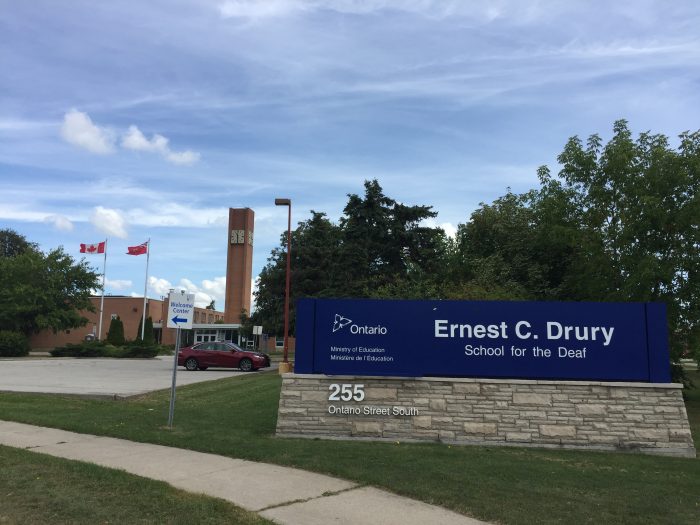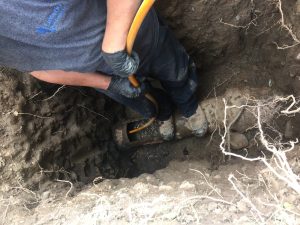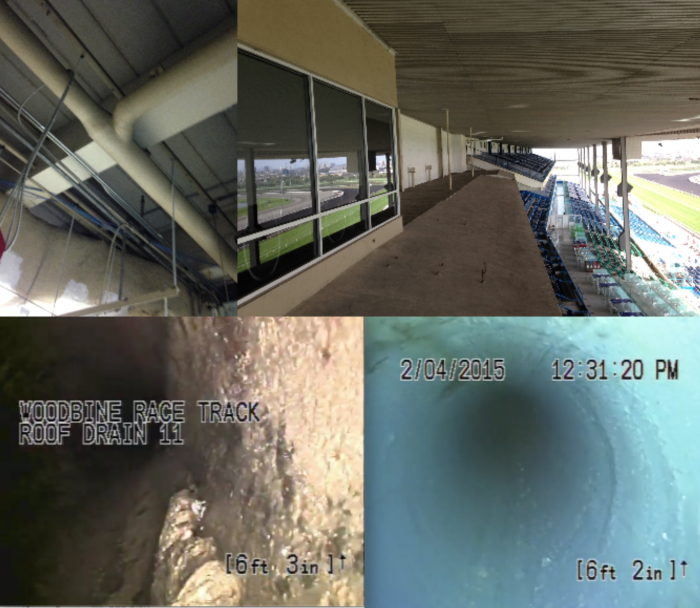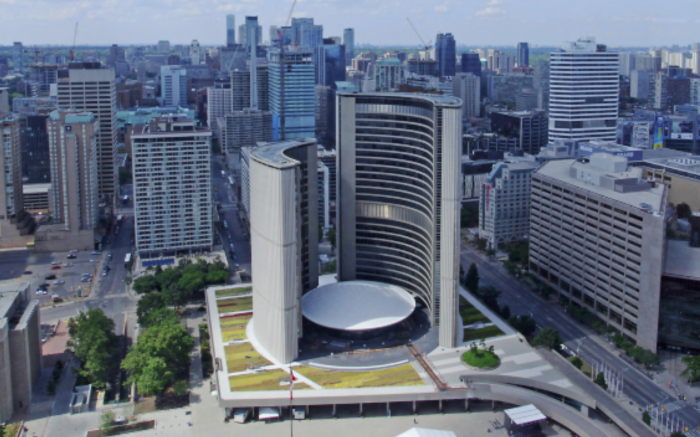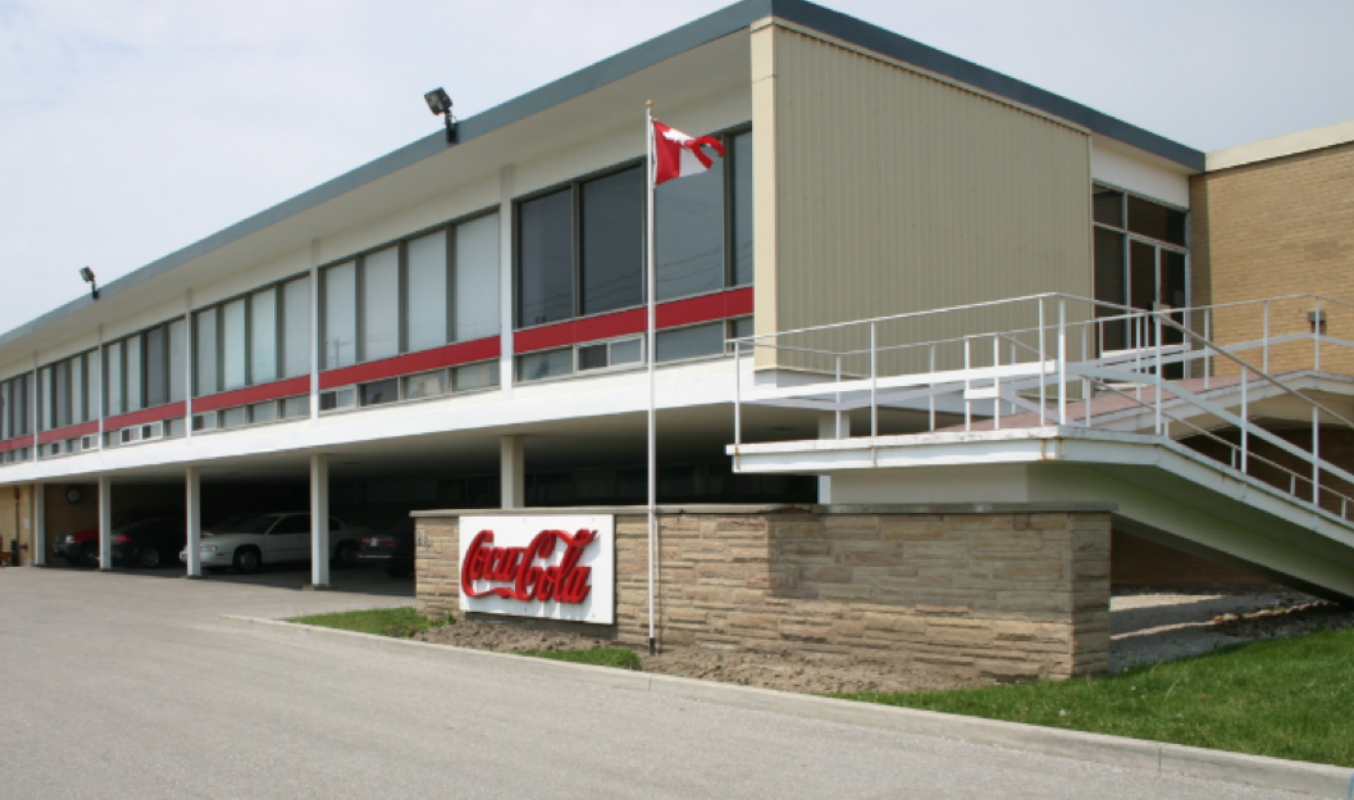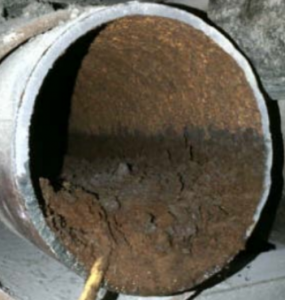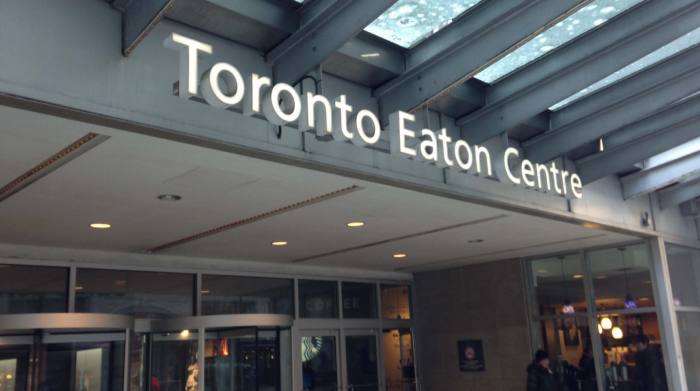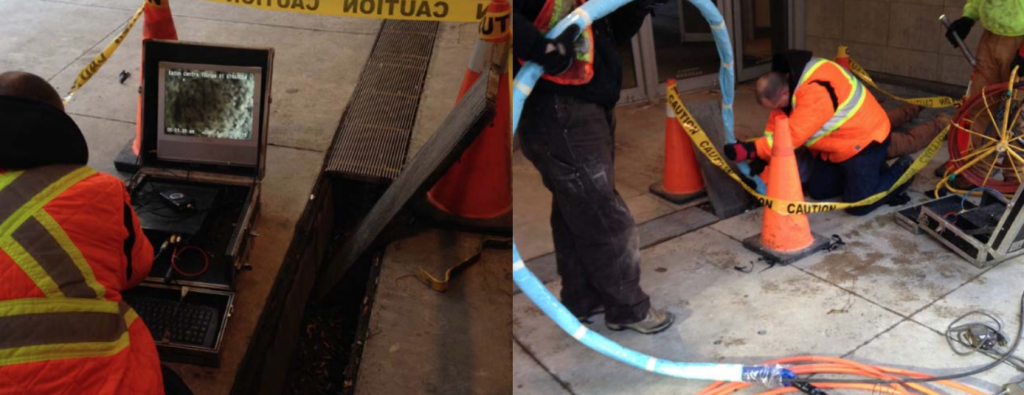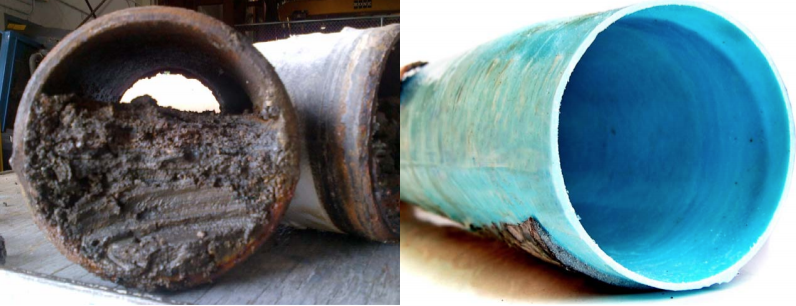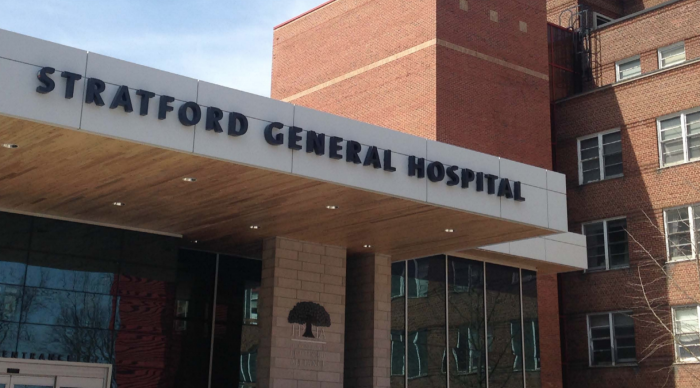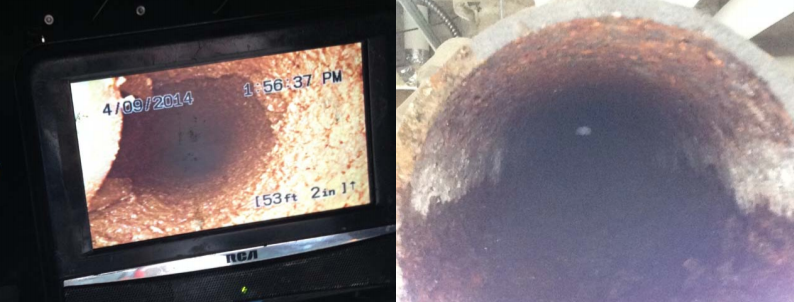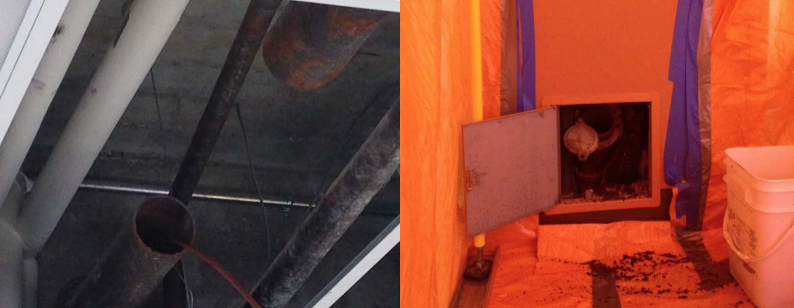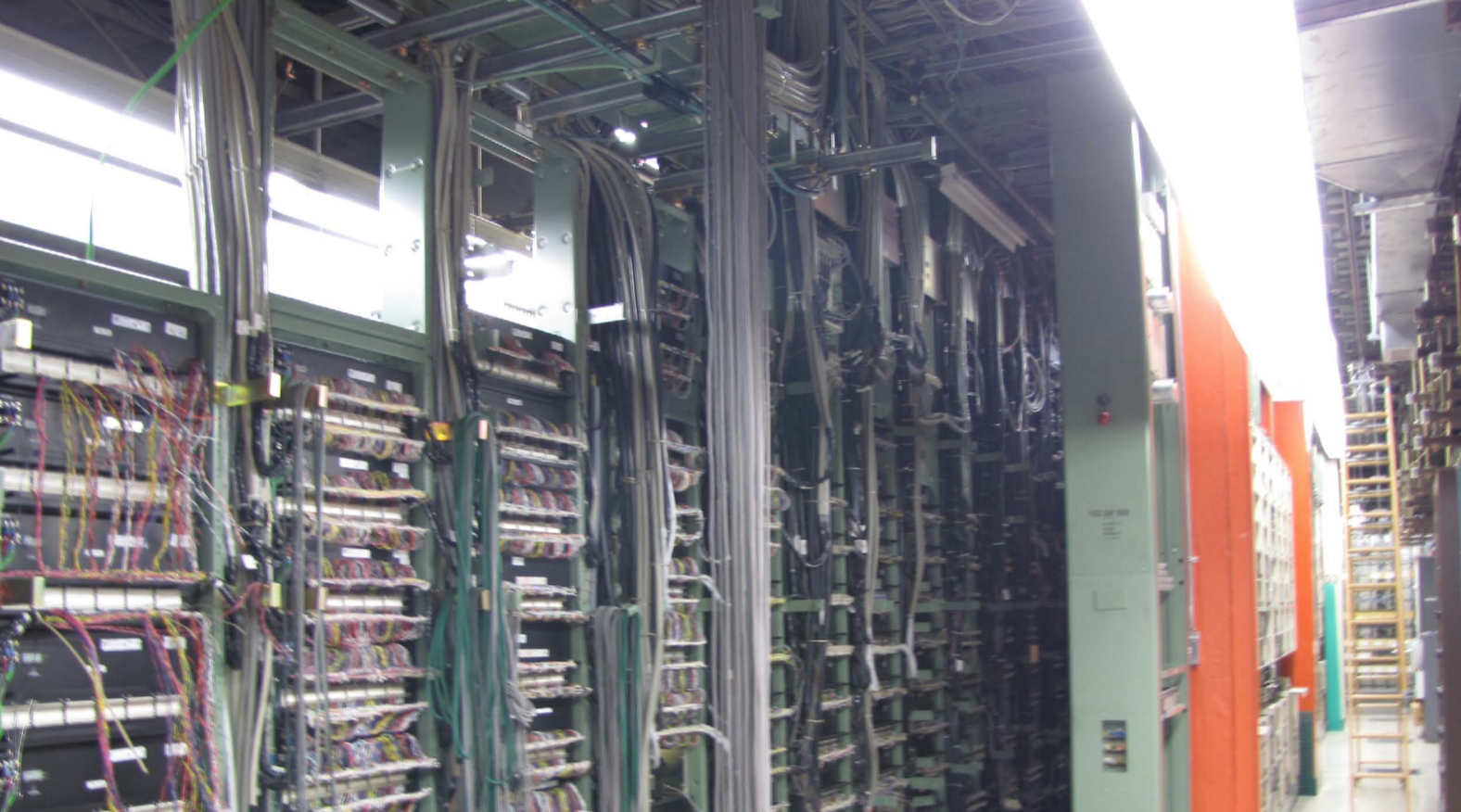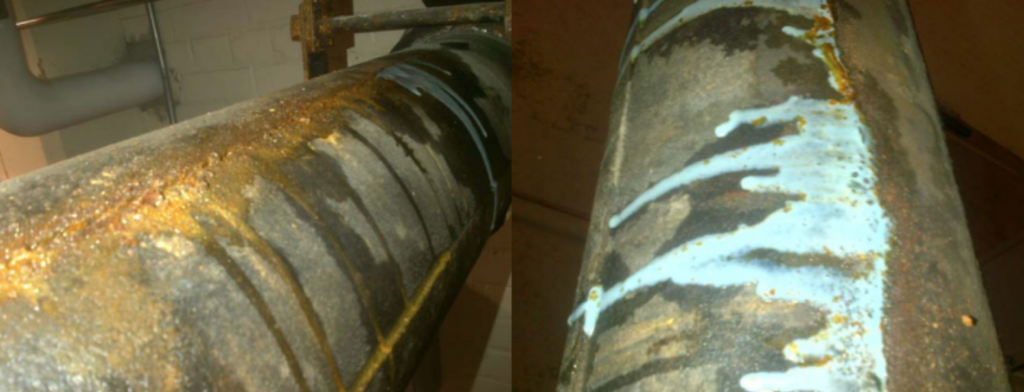Case Study: 1441 Lawrence St E
At an aging apartment building in North York, Ontario Pipe Lining cleaned, repaired, and lined 10 thinning and clogged copper kitchen stacks to avoid a full building re-pipe.
Project: The third-party property manager had been dealing with costly kitchen stack back-ups and drain clogs on an ongoing basis, resulting in regular inconveniences for apartment residents. The job needed to be completed before Christmas, so the timing was tight. After reaching out to Ontario Pipe Lining, our technicians started with a video assessment of the building to pinpoint the source of the issue and devise a repair plan.
Site: 1441 Lawrence Avenue East, North York, Ontario.
System: 15-20-year-old copper stacks (10 stacks, 1200 linear feet of 2”, 3” and 4”) in an 18-story apartment building.

Problem: Our condition assessment revealed that the bottom of each stack was plugged as it connected to the horizontal main. The horizontal main was blocked at 38 feet with grease buildup, impacting the entire system of connecting stacks and creating frequent back-ups in the 250 unit apartment tower. Plumbers cut and provided a sample of the thinning copper stack during a section repair. The copper stacks had broken down and thinned to the thickness comparable to an aluminum pop can, and could easily be bent or crushed.
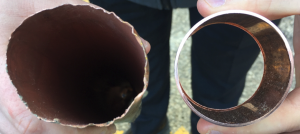
Copper stacks have a tendency to thin as time progresses due to erosion from high flow rates and corrosive forces from the chemicals and debris being put down the drain. Even the chemicals used to treat drinking water interact with the ferrous metal and eventually corrode its integrity.
Because the building’s pipes were so thin and fragile, stalling the repair process could have eliminated drain re-lining as a viable option. Once pipes become too thin, our epoxy liner is left with nothing to bond to.
Solution: OPL prepared a sample to show the effectiveness of the liner in re-newing the copper drain stack. The building owner appreciated that the kitchen cabinets and finishes didn’t need to be removed or restored during the drain re-lining process, saving a considerable amount of time and money.
The thinning copper pipes were re-lined with an epoxy solution, which restored pipes to the thickness of the original copper stack. Our epoxy lining is inert to erosion and corrosion, resulting in a longer-lasting, back-up resistant stack. As grease is unlikely to adhere to the plastic lining, this permanent epoxy solution would also prevent the corrosive flows from continuing to break down and degrade the sanitary stacks.
The drain relining process allowed the system to be fully restored to operational standards without removing and re-installing the building residents’ kitchens, walls or surrounding finishes. The entire 10-kitchen stack system or 1200 linear feet of 2, 3 and 4” copper stacks were cleaned, repaired, and lined on schedule with minimal disruption to the tenants.
Prior to repair, 1441 Lawrence was among many apartment buildings and condos in Toronto that didn’t maintain its stacks with an annual or bi-annual flushing program. Regular pipe maintenance is important, but once the stacks have been neglected for 5+ years, it may be time to allocate your maintenance budget to a re-lining project instead. Once the pipes have been re-lined, regular maintenance can occur every 8-10 years without risk of failure.
If you are an apartment or condo building manager dealing with regular pipe back-ups and clogs, contact us for more information on how you can start a re-lining or regular maintenance plan.


